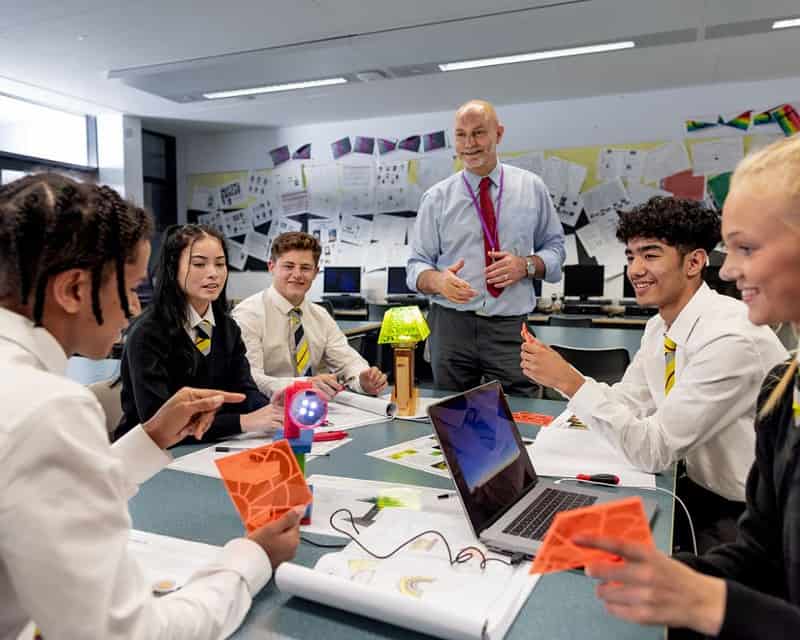Bullying can significantly impact a student’s emotional well-being, academic performance, and happiness. Secondary school is a crucial period of personal development, and students need to learn effective strategies to handle bullies. In this blog post, we will explore empowering techniques that can help students navigate bullying situations and foster a positive and safe school environment.
Recognise and Understand Bullying

The first step in handling bullies is identifying and understanding what constitutes bullying behaviour. Bullying can take various forms, including physical, verbal, or online harassment. By recognising these actions, students can differentiate between normal conflicts and bullying, enabling them to respond appropriately.
Stay Confident and Assertive
Building self-confidence is crucial when dealing with bullies. Maintaining a confident and assertive demeanour can deter bullies from targeting you. Stand tall, make eye contact, and speak clearly when addressing them. Projecting confidence can help shift the power dynamics and discourage further bullying attempts.
Seek Support from Trusted Individuals
It’s vital not to face bullying alone. Contact trusted individuals such as teachers, school counsellors, or friends who can provide guidance and support. Share your experiences and feelings, allowing others to understand the situation and offer assistance. Remember, seeking help is a sign of strength, not weakness.
Develop a Strong Support Network

Nurture healthy relationships and surround yourself with supportive friends who can uplift you during challenging times. A strong support network can provide emotional support, serve as witnesses to bullying incidents, and encourage positive actions. Together, you can address bullying effectively and create a united front against such behaviour.
Practice Assertive Communication
When confronted by a bully, responding with assertive communication can be an effective approach. Clearly and calmly express your feelings, thoughts, and boundaries. Avoid resorting to aggression or retaliation, as it may escalate the situation. You establish boundaries and demonstrate resilience by asserting your rights and making your stance clear.
Develop Conflict Resolution Skills
Bullying often stems from conflicts and differences. Learning effective conflict resolution skills can help prevent minor issues from escalating into bullying situations. Skills such as active listening, empathy, and compromise can facilitate peaceful resolutions and foster a harmonious school environment.
Document Incidents and Report
Keep a record of bullying incidents, noting dates, times, locations, and a detailed description of each event. This documentation can serve as evidence when reporting the bullying to school authorities or trusted adults. Reporting the incidents promptly ensures that appropriate action is taken to address the issue and protect all students involved.
Promote Empathy and Inclusion

Creating a culture of empathy and inclusion within the school can deter bullying behaviours. Engage in acts of kindness, support others, and encourage acceptance of diversity. By fostering an environment where everyone feels valued and respected, we can combat bullying collectively.
Conclusion
Handling bullies at secondary school can be challenging, but it’s essential to equip students with effective strategies to navigate these situations. By recognising bullying behaviour, staying confident and assertive, seeking support, practising assertive communication, developing conflict resolution skills, and promoting empathy and inclusion, students can reclaim their power and contribute to a safe and positive school environment. Remember, nobody deserves to be bullied, and together we can stand against such behaviour and create a brighter future.

